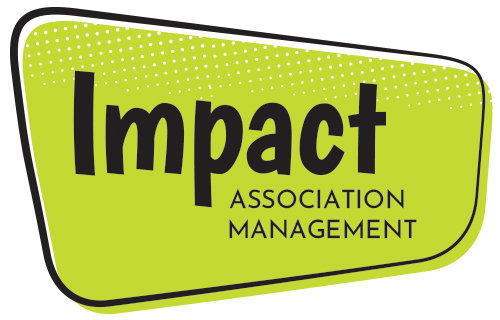By, Shawn Elmore, Client Services Manager, Impact Association Management
“Diversity is the one true thing we all have in common … Celebrate it every day.” - Winston Churchill
Growing pains are a fact of life for all organizations. Its growth and maturity is influenced by a number of external and internal factors that ultimately shape its direction and determine its success. But how do you know when you’re growing rather than just moving?
At the beginning of the year, I saw a number of associations take on the challenge of adding Diversity, Equity, and Inclusion (DEI) to their long list of strategic priorities. The one question we’re often asked is, “How do we know if we’re accomplishing anything?” It’s a complicated question, but just asking should tell you that you’re moving in the right direction. Why ask the question if it’s not an important item in your strategic or long-term agenda?
Unfortunately, there isn’t a good or bad way to measure DEI success. Each association begins and ends at a different place depending on its initial starting point, growth trajectory, and ultimate goal. However, there are a few simple steps you can take to assess your DEI progress and growth.
1. Organizational DEI Assessment
To measure DEI success in legal organizations, the Association of Corporate Counsel Foundation created a DEI Maturity Model. “It’s for organizations that are interested in improving their DEI policies, but they’re not necessarily sure where to start,” said Jennifer Chen, director of the ACC Foundation. “The maturity model really provides a straightforward step to just get a program off the ground.”
2. Membership DEI Assessment
Members are not just the backbone of any association; they are also the drivers. The efforts you put into advancing DEI in your organization is only as good as what’s being received. Asking your membership to rate your efforts not only gives you perspective into how your efforts are being received, but if they’re even getting through.
3. Community DEI Assessment
Finding groups who aren’t part of your association, and perhaps not even part of your industry, can provide a perspective into possible blind spots that you and members of your industry may be missing. If you’re in a male dominated industry, it’s possible to miss the signs that your association may be overlooking women’s growth in the field. Reaching out to other nonprofits or trade groups can provide unique perspectives.
It's important to keep in mind that for any of these assessments to work your association needs to be completely honest and transparent. Data output is only as good as the data input. Be clear, specific, and honest with what you’re trying to accomplish and where you stand. Remember, small steps are still steps and setbacks are normal. Success takes time, diligence, and – most importantly – self-reflection.
Learn more about what defines DEI in my first blog post, What Does Diversity, Equity, and Inclusion Actually Mean?

